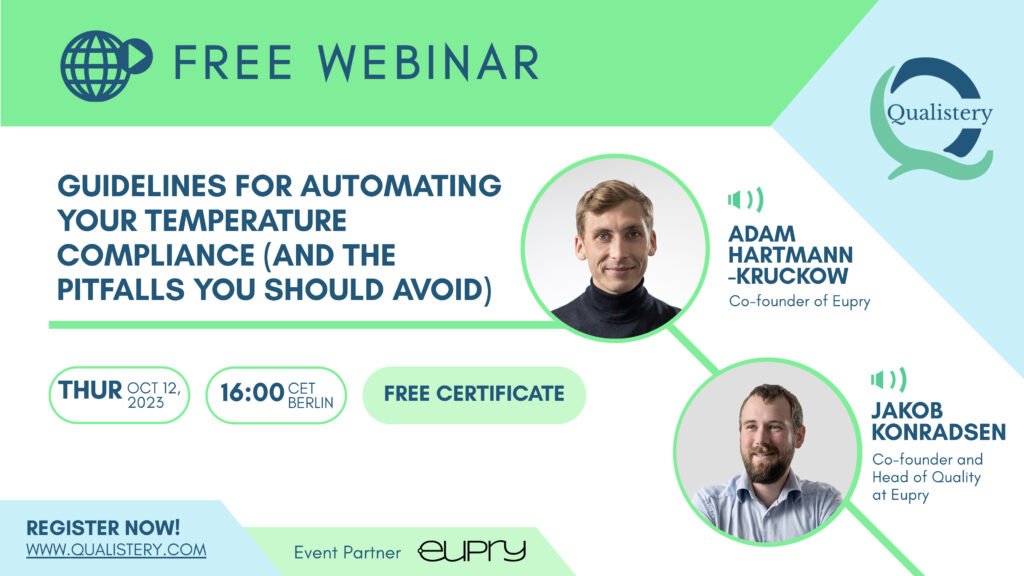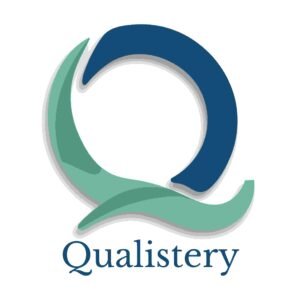Introduction
In the pharmaceutical sector, maintaining optimal temperature conditions is not just about product quality; it’s also a critical metric that’s under the watchful eye of regulatory bodies.
One of the cornerstone techniques for monitoring temperature in this setting is thermal mapping, a method that provides a comprehensive view of temperature variations within a specified area.
This is achieved by using data loggers and specialized electronic devices with sensors that capture and record temperature data. These devices are strategically placed around the storage area, and the data they collect is used to generate a thermal map.
This map reveals temperature fluctuations, pointing out any areas that may be too hot or too cold, thus requiring corrective action.
However, leveraging these technologies is not without its challenges. For instance, it takes approximately 30 hours annually to keep just one data logger operational. Multiply that by 20 units, and you’re investing an astounding 600 hours yearly. Furthermore, traditional systems are imperfect—unsuccessful tests may go unnoticed until data is manually downloaded, sometimes days later, making the process tedious and prone to errors.
Automating your temperature monitoring system can be a game-changer in alleviating these problems. An automated system saves time and increases reliability by providing real-time alerts, allowing immediate action before product quality is compromised. When integrated with other quality metrics, automated systems offer invaluable insights, paving the way for both regulatory compliance and operational excellence.
So, if you’re in the pharmaceutical industry and looking to make your operations more efficient and compliant, consider investing in automated temperature monitoring.
The benefits of automated temperature monitoring
Shifting from manual to automated temperature monitoring in the pharmaceutical sector offers a range of benefits that go far beyond merely fixing the drawbacks of manual processes:
- First, automation improves both time and resource efficiency. By automating routine tasks, employees can redirect their focus towards more strategic activities, making better use of human capital.
- Second, automated systems enable a shift from reactive to proactive management. The real-time alerts generated by these systems allow teams to take immediate corrective measures, ensuring that product quality is consistently maintained.
- Third, regarding regulatory compliance, automation makes life easier. Automated systems generate a digital record of all monitoring activities, streamlining the auditing process and facilitating the generation of custom reports for regulatory agencies like the FDA and EMA.
- Fourth, although the initial outlay for automation can be considerable, the long-term operational benefits—such as reduced waste and lower labour costs—more than justify the initial investment, offering a favourable return on investment.
- Lastly, automated systems are highly scalable. They can easily adapt to the increasing complexities of a growing business without necessitating a complete system revamp, making them a sustainable and flexible investment for the long term.
However, implementing an automated temperature monitoring system in a pharmaceutical setting is not straightforward. There are complexities to navigate and multiple factors to consider to ensure the system effectively meets its intended purpose.
To simplify this challenging process, we have outlined five key steps to make the implementation considerably easier and more effective.
5 Steps to Successfully Launch Your New Automated Temperature Monitoring System
1) Draft Detailed User Requirement Specifications (URS)
Kick-start your project by outlining comprehensive User Requirement Specifications (URS). This crucial document should lay out your expectations for the system, including its capabilities, data storage options, and unique features pertinent to your operations.
2) Establish Clear Roles and Responsibilities
A project of this scale requires a well-defined organizational structure. Make it explicit who is responsible for monitoring the data and who will handle emergency situations, like temperature deviations. Clear role assignments are vital for the seamless functioning of the system.
3) Engage Key Departments Early On
While it may seem that temperature monitoring falls squarely on the shoulders of the Quality Assurance (QA) department, it’s a cross-functional responsibility. Involve the logistics and IT departments from the outset to ensure a smoother implementation and to preemptively tackle any challenges.
4) Align Short-term Milestones with Long-term Objectives
Implementing an automated temperature monitoring system is a marathon, not a sprint. Set achievable short-term milestones that feed into your overarching, long-term objectives. This approach will keep the project on track and ensure that you make meaningful progress.
5) Conduct a Robust Pilot Test
Before you go all-in, run a carefully planned pilot test to spot potential flaws or bottlenecks in the system. Use the pilot as an opportunity to fine-tune the system’s configurations and settings. A successful pilot proves the system works and sets the stage for a smooth full-scale rollout.
By adhering to these steps, you’re well on your way to implementing a robust, efficient, and compliant automated temperature monitoring system.
In conclusion
Investing in an automated temperature monitoring system is a strategic choice to achieve operational excellence in the pharmaceutical industry. Automating this critical function not only amplifies efficiency but also transforms the way your organization manages quality. With real-time alerts, digital record-keeping, and integration capabilities, automated systems turn challenges into opportunities for proactive management and meaningful insights.
The journey to automation may seem daunting, but by following the five steps outlined in this article, you can navigate the complexities with ease. This structured approach will not only ensure a smoother implementation process but also pave the way for long-term sustainability and adaptability of your system.
If you’ve found this guide beneficial, please share it with others in your network and stay tuned for more in-depth insights on advancing pharmaceutical operations!
Ready to step up your temperature monitoring game? Join us for an hour of eye-opening insights and cutting-edge discussions.

With a dedication to serving the pharmaceutical industry, Qualistery specializes in hosting informational webinars that support both professionals within the pharma sector and service providers. Our commitment lies in empowering businesses to maximize their impact through engaging virtual events and strategic webinar solutions. Additionally, Qualistery supports life science companies through private GxP training and compliance services.








